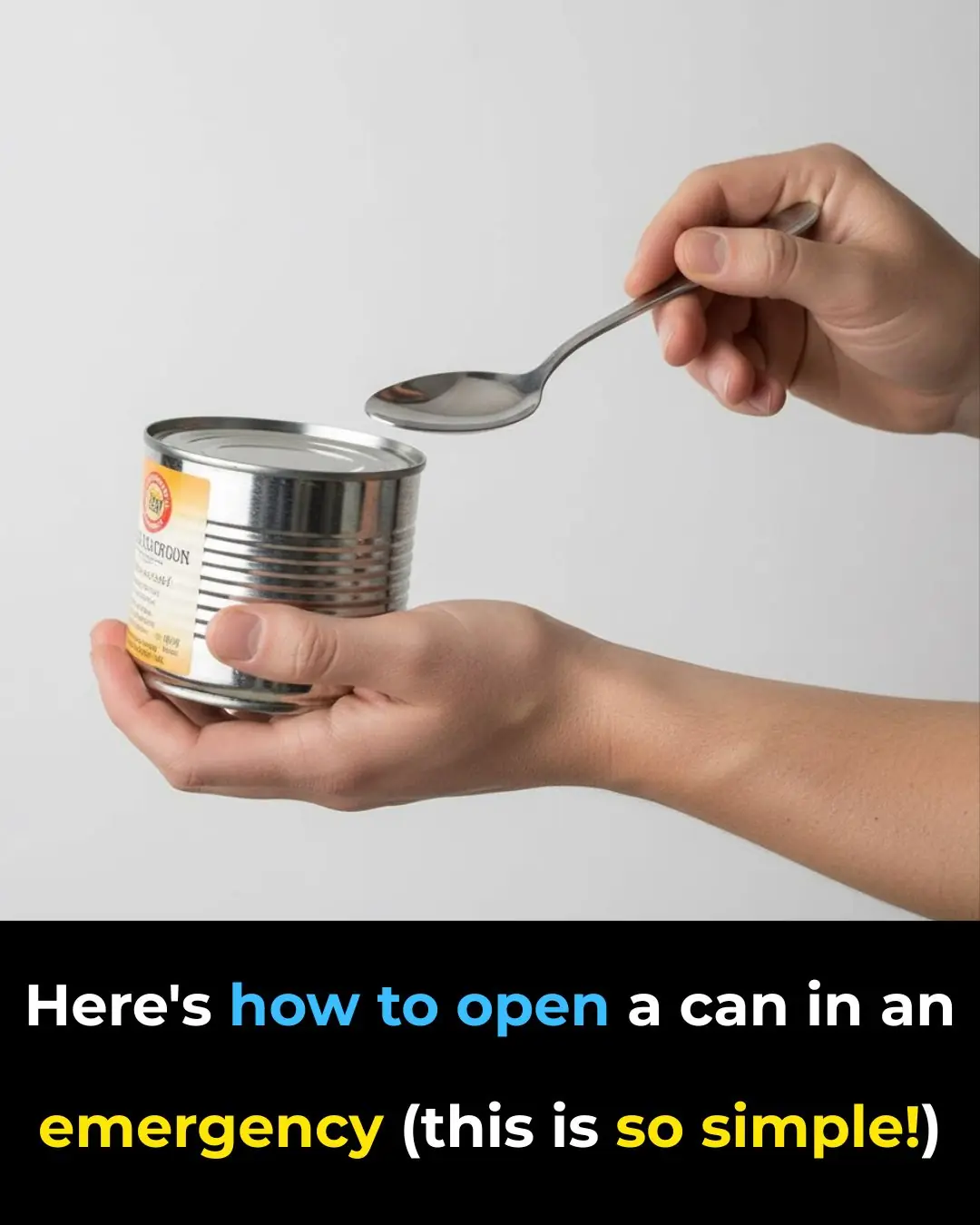
Most people will never know
Pen caps are everywhere in our daily lives, yet most people rarely pause to consider the small hole often found at the top of many pen caps. This tiny feature may seem insignificant at first glance, but it actually plays multiple important roles. The question of why pen caps have holes is one that many have never thought to ask, yet it offers a fascinating glimpse into the intersection of safety, design, and functionality in everyday objects. In this article, we will explore the reasons behind this seemingly minor but highly purposeful design choice, shedding light on the thought and engineering that go into something as simple as a pen.
The History and Evolution of Pen Caps
The development of pen caps is closely linked to the evolution of writing instruments themselves. In the earliest days, pens such as quills and dip pens had no need for protective caps, as they were often used immediately after dipping into ink. However, the introduction of fountain pens in the 19th century—and later ballpoint pens in the 20th century—made the need for a protective cap apparent. Early pen caps were primarily functional, designed to prevent ink from drying out and to protect delicate pen tips from damage.
As pens became more widely used and mass-produced, manufacturers began to experiment with more advanced designs, improving both functionality and aesthetics. Modern pen caps are no longer just protective covers; they are carefully engineered tools designed to enhance the user experience, ensure safety, and even reduce production costs.
The Design and Functionality of Modern Pen Caps
Today, pen caps are designed with several practical purposes in mind. They protect the pen tip from damage, prevent ink from drying out, and often include a clip for conveniently attaching the pen to a notebook or pocket. Among these features, the small hole at the top of many pen caps is especially notable. Though subtle, this hole is a key part of the design, serving multiple practical purposes, including safety, pressure regulation, and cost efficiency. In many ways, this tiny hole exemplifies how careful design can enhance even the simplest of everyday tools.
Top Reasons Why Pen Caps Have Holes
There are several reasons why pen caps include a small hole, each contributing to the pen’s overall safety, usability, and design. These reasons include preventing choking hazards, equalizing pressure for consistent ink flow, reducing manufacturing costs, and enhancing aesthetic appeal. Let’s examine each of these in more detail.
1. Safety and Prevention of Choking Hazards
One of the most important reasons for the hole in a pen cap is safety. Small objects like pen caps can be a serious choking hazard, especially for young children. If a cap is accidentally swallowed, the hole allows air to pass through, significantly reducing the risk of suffocation. This safety measure has become a standard in pen manufacturing, following guidelines set by organizations dedicated to child safety. Over time, this small hole has saved countless accidents and illustrates how minor design choices can have life-saving consequences.
2. Pressure Equalization and Smooth Ink Flow
Another critical function of the hole is to regulate pressure inside the pen. Temperature changes, altitude differences, and even rapid movements can cause pressure to build up in a sealed pen. This pressure can lead to ink leakage or inconsistent flow, affecting the writing experience. The hole allows air to pass freely, preventing pressure from building up and ensuring a smooth, uninterrupted writing performance. This feature is especially important for high-quality pens, where maintaining consistent ink flow is a priority.
3. Manufacturing Efficiency and Cost Savings
From a production standpoint, adding a hole to the pen cap can also reduce material usage, lowering manufacturing costs. By slightly decreasing the amount of plastic used, manufacturers save on materials while simultaneously simplifying the molding process. This efficiency allows companies to produce pen caps in large quantities more quickly and cost-effectively, without compromising the cap’s strength or functionality.
4. Aesthetic and Brand Design
Finally, the hole can also serve an aesthetic purpose. In some pen models, it contributes to a sleek, modern appearance or acts as a signature design element distinguishing one brand from another. For example, certain luxury pen brands use the hole as a subtle hallmark of their design philosophy, creating an instantly recognizable feature that combines function with style.
Public Awareness and Common Misconceptions
Despite its practical importance, many people remain unaware of the reasons behind the hole in pen caps. Some mistakenly assume it is purely decorative or serves no real purpose. Public education on this design feature not only dispels such misconceptions but also highlights the care and thoughtfulness that go into designing everyday items. Understanding these details encourages a deeper appreciation for the small engineering choices that often go unnoticed in daily life.
Conclusion: Appreciating the Thought Behind Everyday Objects
In conclusion, the hole in a pen cap may appear trivial, but it serves multiple essential functions—from safety to performance to cost-efficiency. This tiny design feature is a perfect example of thoughtful engineering in everyday objects. While most people may go their entire lives without questioning it, knowing why pen caps have holes gives us insight into the careful consideration and clever problem-solving that go into even the simplest tools. Next time you pick up a pen, you can appreciate the small details that make writing safe, smooth, and efficient.
News in the same category


You’re doing it all wrong. Here’s the right way to unclog your drain

Mistake when washing grapes with salt and baking soda: This method only removes insect eggs, and the skin is still edible

Boiling chicken with plain water is outdated: 2 ways to cook chicken without water that make it delicious, tender, and preserve its nutrients

A type of vegetable destroys more than 90% of cancer cells within 48 hours, yet Vietnamese people mistake it for a wild plant growing all over the streets.

A plant with a distinctive aroma: Both a spice and a 'miracle' for health

Bare pork through boiling water, thought clean but soaked in more dirt: This is the most correct thing

A week after applying this method, cockroaches, ants, and mosquitoes no longer appeared in my house.

🚽 How to Unclog a Toilet Without Using a Plunger – 5 Smart, No-Mess Hacks That Actually Work

You are doing it all wrong. Here’s the right way to use your fireplace

Here's how to open a can in an emergency (this is so simple!)

You are doing it all wrong. Here’s the right way to hang holiday lights

Most people have no clue

You are doing it all wrong. Here’s the right way to clean hardwood floors

Stop throwing out old hoses. Here are 10 brilliant hacks to use them around the house

You are doing it all wrong. Here’s the right way to use your humidifier

My nana taught me this hack to remove oven grease in 4 mins with 0 work. Here’s how it works

Here are 3 simple ways to keep your house free of mice.

After eating grapefruit, don't throw away the peel because it has more uses than you think, not only does it help increase health but it's also good for feng shui.
News Post

You’re doing it all wrong. Here’s the right way to unclog your drain

Detroit Man Went From Quitting His Job To Buying A Building For His Car Detailing Business After It Went Viral On TikTok

Thyme Essential Oil Shows Signs of Killing Lung, Oral and Ovarian Cancer

A Boy, A Bullet, and the Friend Who Saved Him

How to cleanse your kidneys using this natural, home made drink

A Heart of Gold: 5-Year-Old Danya Dudin’s Toy Drive Brings Joy to Kids with Cancer

The Little Run Toward Love: When a Baby Alpaca Taught the World What Affection Looks Like.

Science backs it up: 3 fruits that fight liver fat, regulate sugar and cholesterol

When the World Felt Heavy, He Knocked: The Quiet Friendship of Sandra Bullock and Keanu Reeves.

A Mother’s Unbearable Journey: Little Jimmie’s Fight Against Cancer

Two Battles, One Family: A Firefighter’s Courage and a Premature Baby’s Fight for Life

The Bear Who Rode Beside Her.

People whose mouths feel dry when sleeping at night need to know these 8 reasons

Ginger, Watermelon, and Beetroot Juice: 15-Day Natural Kidney Cleanse

A Mother’s Heart Knows No Boundaries.

The Man Who Wouldn’t Let Go.

The Night the Sky Fell on Necker Island.

Scientists explain shocking reality of what your brain sees right before you die

The Home You Carry With You.
